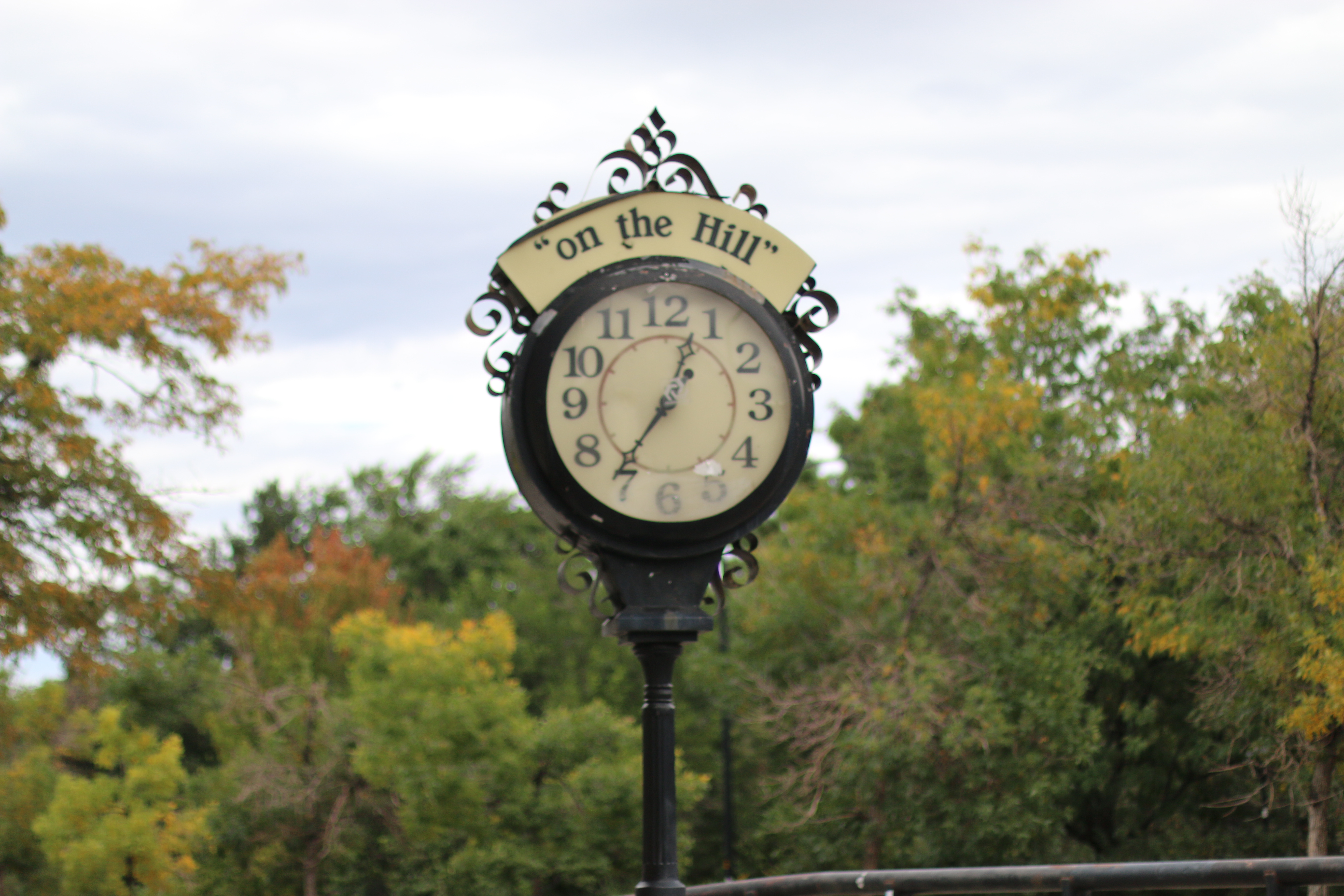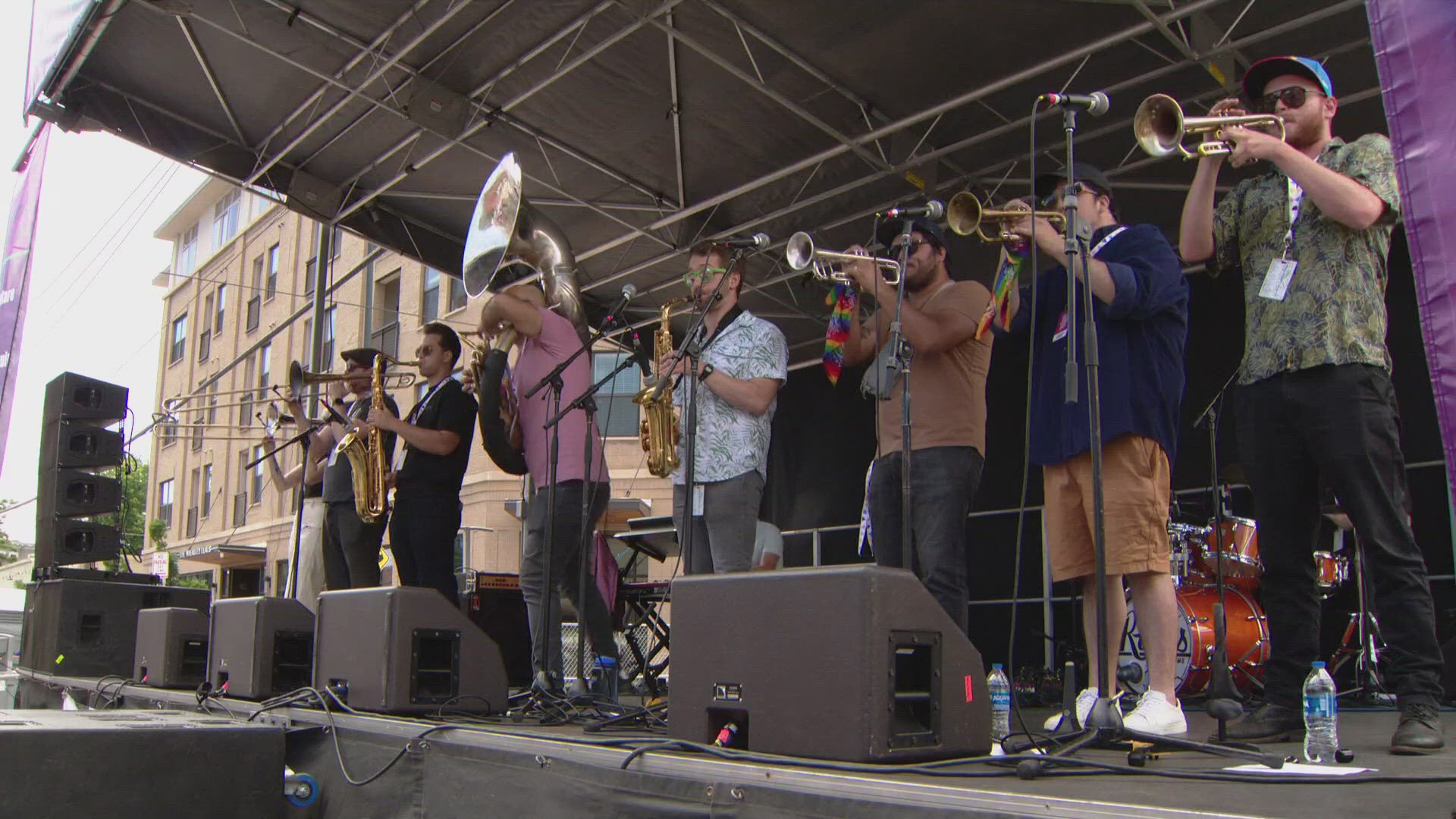#9Neighborhoods visits the beautiful college town for our weekly photo tour
BOULDER - If Pearl Street is the central go-to-hub for Boulder's many socialites, The Hill is the go-to (and off-campus) hangout for students attending the University of Colorado-Boulder.
Located just west of the CU-Boulder campus, The Hill (short for "University Hill") is a unique neighborhood that's part-residential, part-business.
Join us Friday on Instagram as we tour University Hill and its shops, restaurants, and unique historical facts that make it the funky mix of college kids and residential homes it is today, sitting adjacent to the University of Colorado.
‘The Hill’ and its history of college culture
Until the 1930s, the University Hill neighborhood in Boulder was just open frontier: filled with grasshoppers and weeds.
Streets weren’t paved and it certainly wasn’t filled with college kids playing beer pong in their front yards!
Instead, students crowded into University Hill soda shops between classes.
In 1859, a group of men organized the Boulder City Town Company, made up of miners and workers. The men decided to map out and build on the 1,280 acres along Boulder Creek - east of the canyon - that we today call Boulder.

The company set exorbitant rates for the land purchase: $1,000 for a 50-foot by 140-foot lot! On the contrary, homesteaders could buy land for just $1.25 an acre from the federal government. Safe to say growth was slow for the first few decades of Boulder.
By 1876, mining and a silver discovery had infused some money into the sleepy town. In that same year, Colorado became a state, and the University of Colorado was established.
Although the Pearl Street area was Boulder’s first downtown, The Hill began to rise in popularity as more college students and families searched for a place to live near the University.
In 1906, University Hill Elementary school was established, one of the oldest in the city.
The real estate market flourished in the 1920s in Boulder. With the end of the great war, enrollment at CU doubled, and many families moved to Boulder so their college-bound kids could attend the University and live at home.
Many summer residences were also built as a respite for tuberculosis.
Behind the boom was Boulder Realty Co., formed in 1924 to construct and finance many of the iconic bungalows in the area. During the 1920s, many of the fraternity and sorority houses were also built in a variety of classic styles.
With the new decade brought new home designs, the first public park (1937), and an exception to prohibition was made in 1933 for ‘non-intoxicating’ liquors.
Since the 1930s, the area of 9th Avenue on the west, Broadway on the east, Baseline Road on the south and Marine Street on the north has always been heavily populated by college students and full-time residents renting out a room or two in their home for some extra cash.
Post World War II, even more students moved to Boulder to attend classes thanks to the GI Bill – causing the non-student population in the city to decline but more than doubling the student population.
Iconic hangout The Sink was granted the first license for 3.2 beer on The Hill in 1950, followed by Tulagi (which today houses various businesses including a yoga studio).
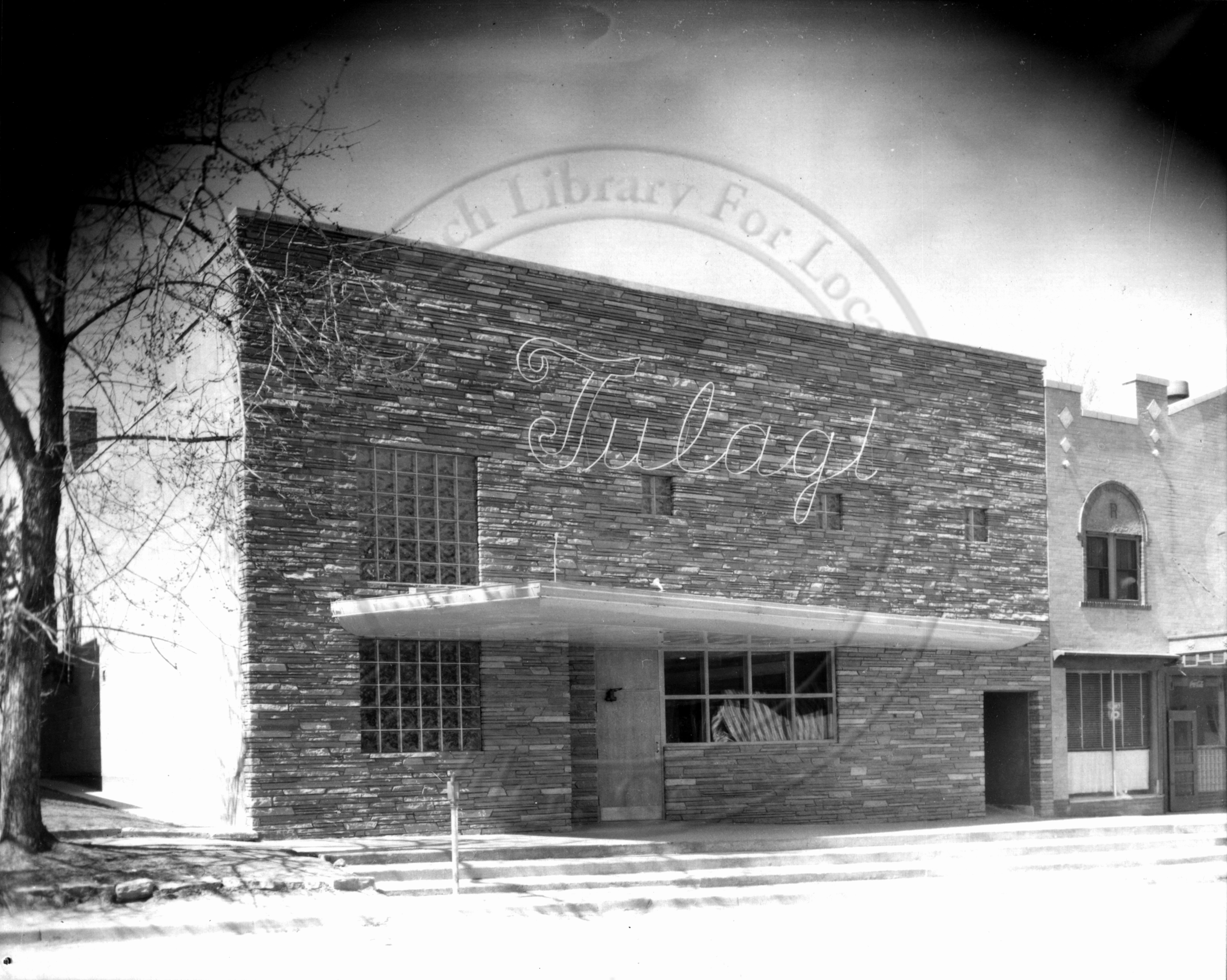
Back in the day, Tulagi was a hip music venue drawing the likes of Miles Davis and The Astronauts to perform – inspiring rock and roll enthusiasts and hippies to come to The Hill for the 3.2 beer, concerts, and culture.
The Tulagi bar used to have a stage in the back and was famous in the 1970s for hosting the Doobie Brothers, the Eagles, Emie Lou Harris and even for a couple shows featuring a then-unknown comic by the name of Robin Williams, who at the time would do stand-up as the opening act for musicians).
The Denver-Boulder turnpike, a.k.a. US 36, would open in 1952, reducing the travel time between the two cities in half and encouraging even more growth along it.
The night of May 22, 1971, riots overtook the streets of The Hill. Businesses were ransacked, fires lit, and according to some, the reputation of the once-quaint neighborhood had been tarnished forever. Businesses reported tens of thousands of dollars in damages.
After the riots a police annex was built, and many of the Greek houses were re-purposed as the frats and sororities lost their popularity.
The relationship between neighborhood and city hasn’t always been one of friendship – perhaps more like two first-year college roommates trying to stay out of each other’s ways.

You can learn all about The Hill at the Boulder History Museum, which currently sits in the landmark Harbeck-Bergheim House in the neighborhood, but will be moving to 2205 Broadway in 2017.

Reinventing ‘The Hill’ today
The Hill is a unique mix of full-time residents and families, mingling alongside college rentals and even grad students.
Seeking to find its identity, The Hill used to be home to several mom-and-pop shops and other small retailers and restaurants. But since the early 2000s, developers have worked to transform it into a more upscale area that appeals to both college students and the surrounding community.
Today, about 75 businesses call The Hill home, everything from tattoo and smoke shops, to fitness studios, hookah lounges, bicycle shops, art supply stores and more.
One place that's worth a visit is the store Albums On the Hill, the last indie record store in Boulder. Andy Schneidkraut opened Albums On the Hill in 1987 and is known to greet shop visitors personally when they come to visit.
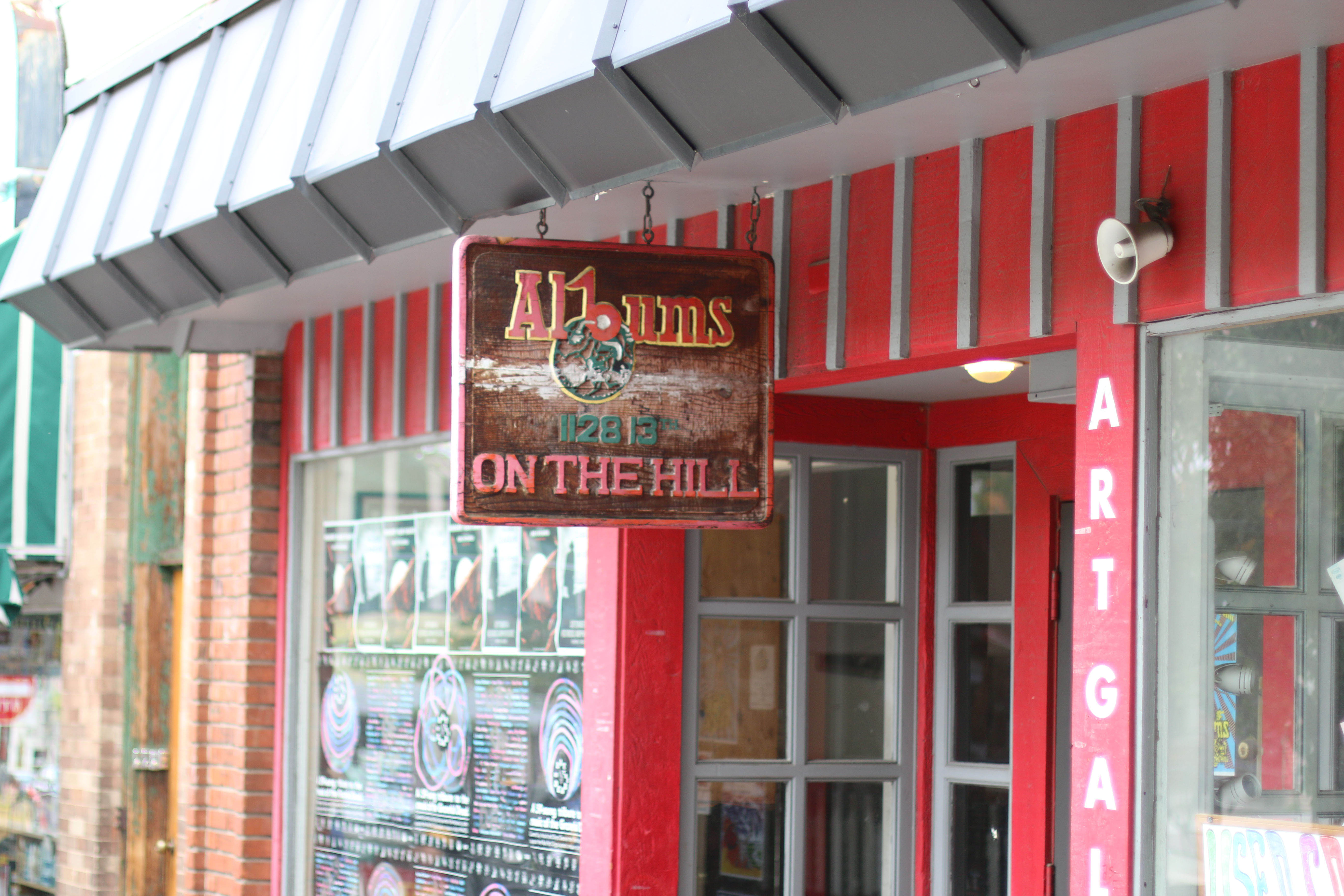
There are several restaurants to check out in The Hill, like Cafe Aion at 1235 Pennsylvania Ave. where patrons can find tapas, chorizos and handmade cocktails, as well as Sushi Hana on the Hill at 1220 Pennsylvania Ave., which serves traditional sushi and restaurant staples like its spicy "Larry Sashimi Roll."
And because the university campus with some 30,000 students is right next door, a late-night spot to grab tacos is a must. Enter Taco Junky, open until 11 p.m. and serving global tacos and house-infused tequila.
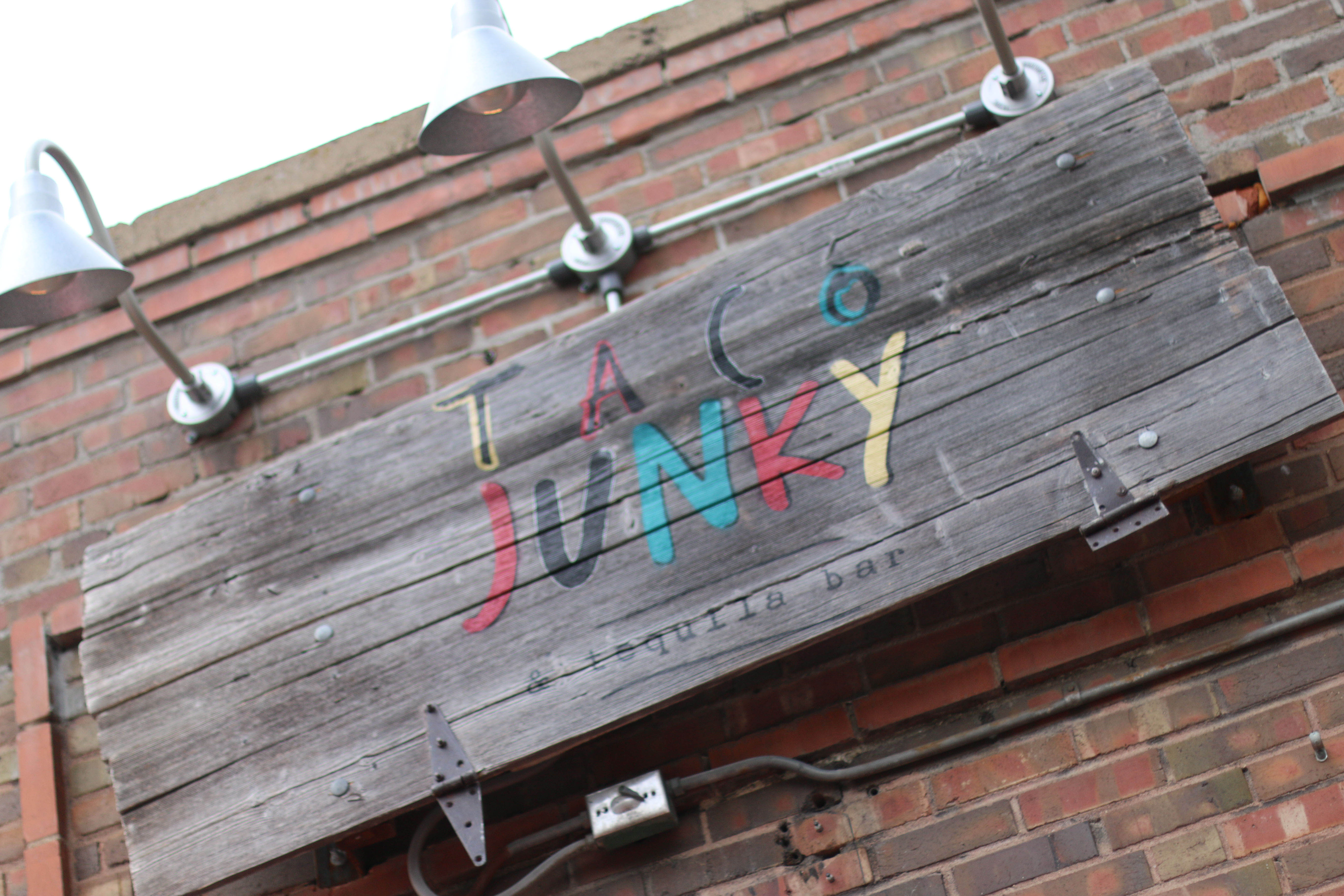
Then there's The Sink, the family-owned pizza joint known for its "Sinkburgers" and "Ugly Crust Pizza." Interestingly, actor Robert Redford once worked there as a janitor, and President Barack Obama stopped by in April 2012. It's also been featured on Diners, Drive-Ins and Dives and Anthony Bourdain has visited.
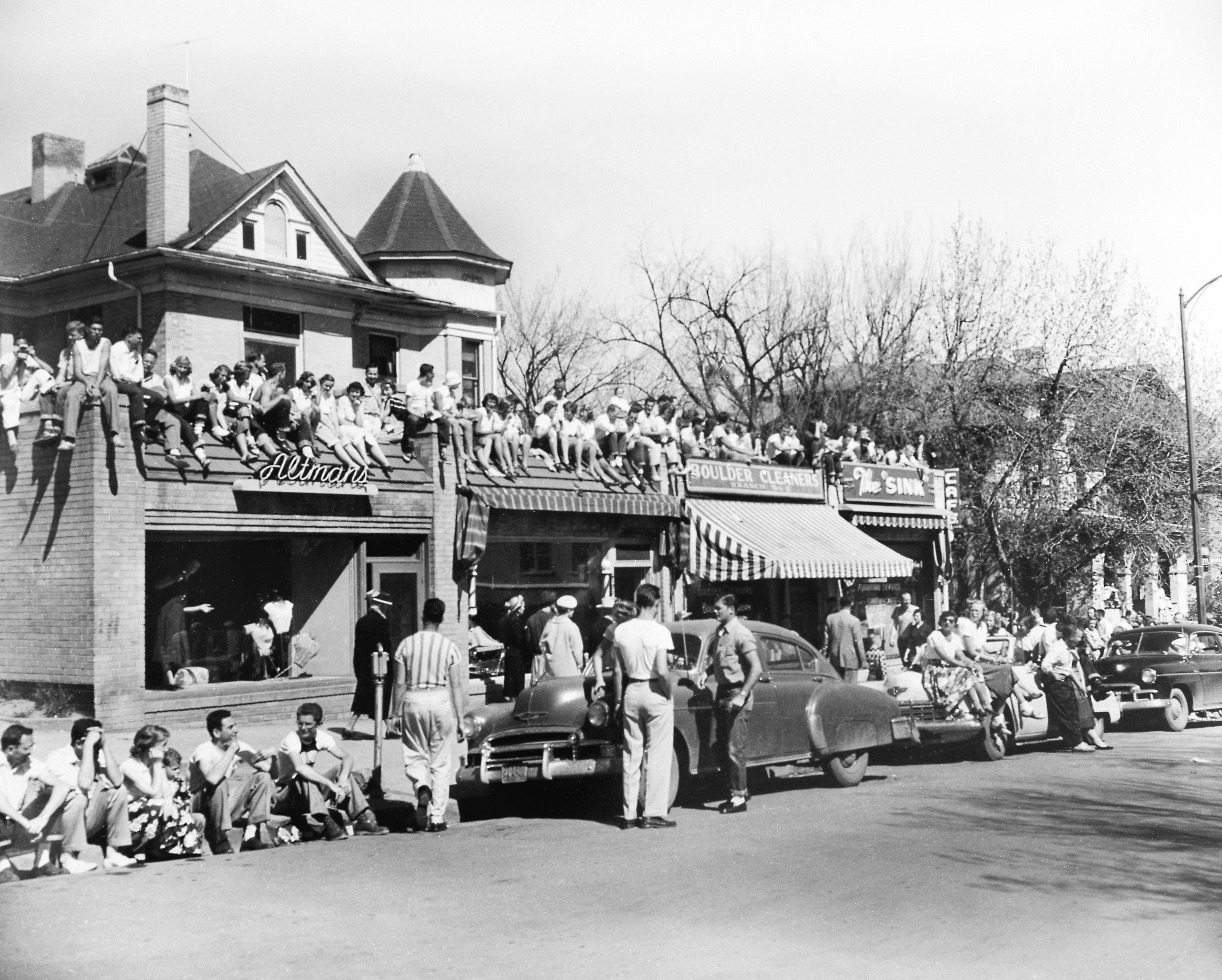
The Sink has a long history atop 'The Hill' and you can read all about it here.
For healthier fare, there's The Corner at 1100 13th St. The Corner serves vegetarian and gluten-free food, as well as menu items like Thai Peanut Bowls and the Chipotle Steak Sandwich, all made with locally sourced ingredients.
The Fox Theater is another place to hit up when visiting The Hill. A movie theater until the mid-1990s, The Fox Theater has since transformed into a music venue. (Fun fact: The Dave Matthew Band's breakthrough video for the song "What Would You Say" was shot there).
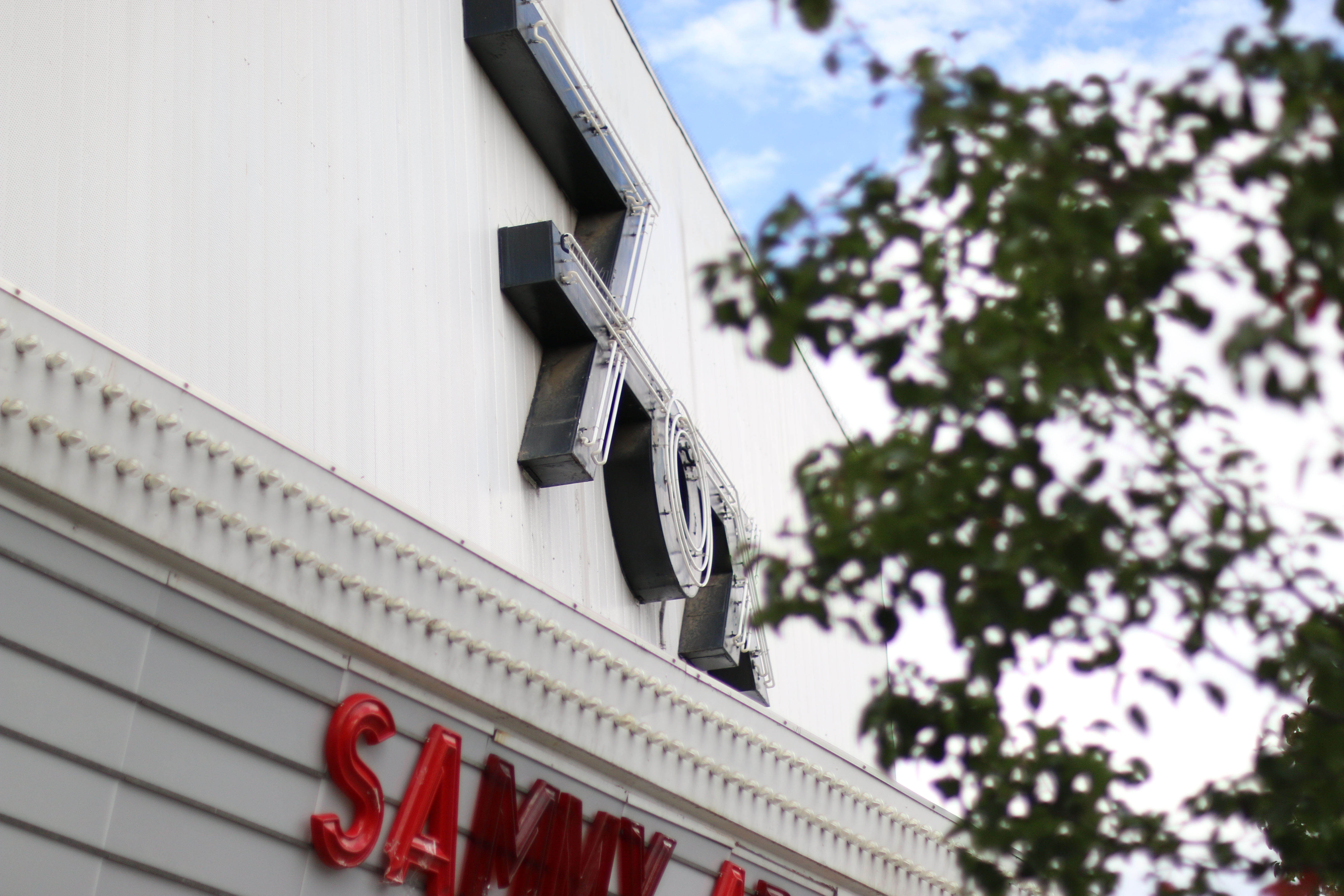
The Hill's recent development spike hasn't come without controversy. Plans to tear down several businesses along Broadway — including Bova's Pantry, Tra Ling's Asian Food and Dot's Diner — and replace them with a hotel and conference center have come under fire as the small business owners must close their doors to make way for the new hotel.
Developers say the hotel will help revitalize the area and bring new business to the shops nearby.

Buying a home in The Hill is pricey and quickly getting pricier. The median home price is $685,000, up 22.9 percent since last year at this time, according to real estate website Truila.com.
Just steps away from Chautauqua Park, The Hill is also home to some of the most beautiful (and expensive) homes in Boulder.
Rents are also high, pegged at a median price of $1,922 for all sized properties.

